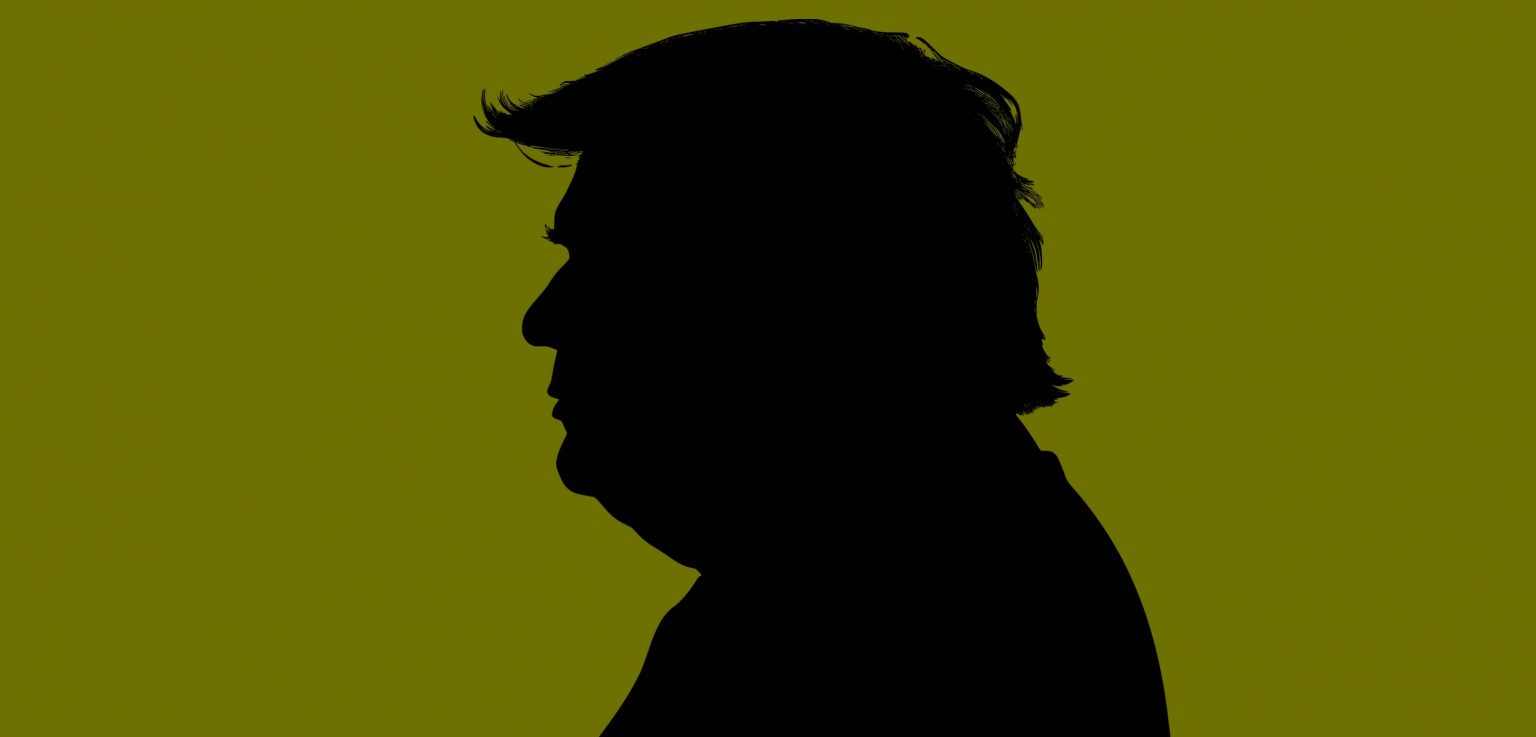I think I finally understand value of cryptocurrencies: they add some volatility to your portfolio. Maybe that’s why they have found such a champion in Donald Trump, who if nothing else adds some volatility to global politics.
And yet — I will not push the analogy between the president-elect and cryptocurrency any further — this volatility also exposes the central contradiction of crypto, which has hit record highs in the week since Trump was elected. Crypto is supposed to be an alternative to government currencies, a safe refuge if the global financial system collapses. But its history suggests it just makes your portfolio riskier. It’s not possible for something to both add risk and provide safety.
Crypto has been around for only about 15 years, which is not much time in financial markets in general and certainly not enough time to make a definitive inference about its pricing behaviour. That said, a pattern is emerging: cryptocurrencies have a very high beta, a measure of an asset’s volatility, and they are very correlated with the overall stock market. When the market is up, they are up even more. When it falls, so does crypto — even more.
The big boost this week is in large part because of Trump’s decisive victory. He is a convert to crypto, even campaigning at a bitcoin-themed dive bar, and has promised more friendly regulation and raised the prospect that his administration may start a crypto fund at the US treasury. Under Trump, crypto may finally go mainstream and become more palatable to institutional investors.
Even if Trump were not a crypto enthusiast, however, it would probably still be having a good week, because the whole market is up and crypto has a high beta. This makes crypto a very risky asset. When everyone else gets rich, you get even richer. And when markets crash, you are even worse off — just when you may need money most. This is hard to square with crypto’s promise as a safe and secure way to make transactions — an asset that will retain its value even as governments inflate away their currencies or, worse, the global economic system collapses.
If crypto did these things, it would be a safe asset — even more than gold or treasury bills. But safe assets have a low beta, because they promise to keep their value no matter what happens to the rest of the market. By definition, a safe asset cannot both add volatility to a portfolio and provide security when markets are down. Even gold — also a high-volatility asset, but one that has some intrinsic value and is viewed as safe — is down lately.
Sceptical
Record highs, and mainstreaming aside, I remain sceptical. If investors want to add risk to their portfolio, crypto can make some sense, though there are other ways to do that, such as adding leverage. But crypto’s volatility means it is not a good store of value and it is not practical for large-scale transactions. If the promise of new regulations is that crypto can finally become a stable alternative to government-backed currencies, then it would offer lower returns now.
Read: Trump’s embrace of bitcoin is the art of the grift
Perhaps the promise of a new, untested asset is compelling. But it won’t always be. Think of it as a kind of financial version of Stein’s Law: markets can indulge something that makes no sense for decades, until one day they stop. — (c) 2024 Bloomberg LP
Get breaking news from TechCentral on WhatsApp. Sign up here
Don’t miss:
Who was bitcoin’s Satoshi Nakamoto? I need to know, and so do you





